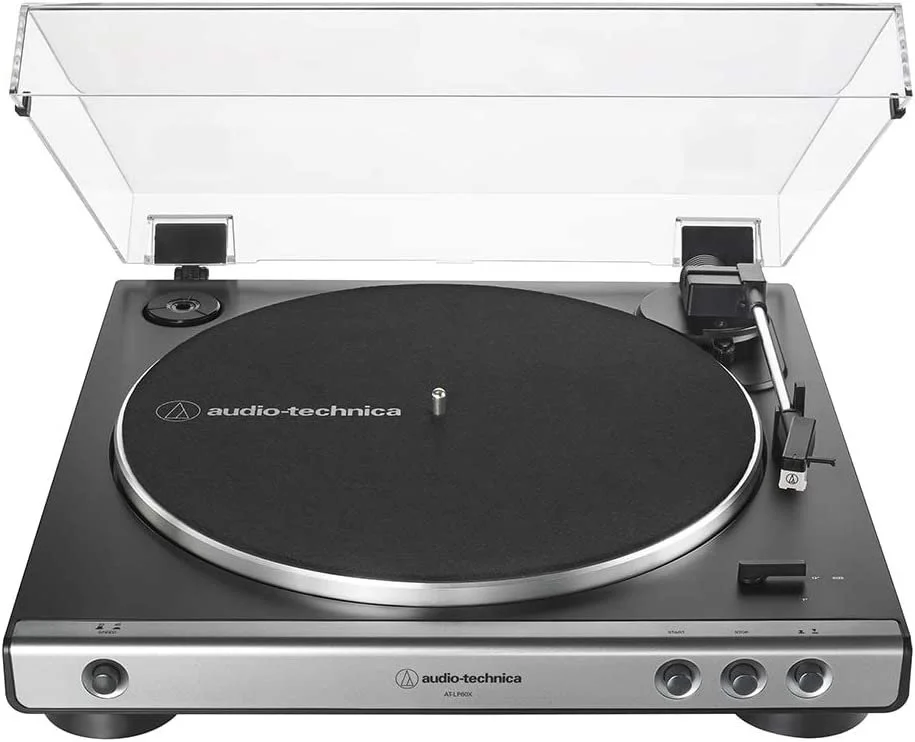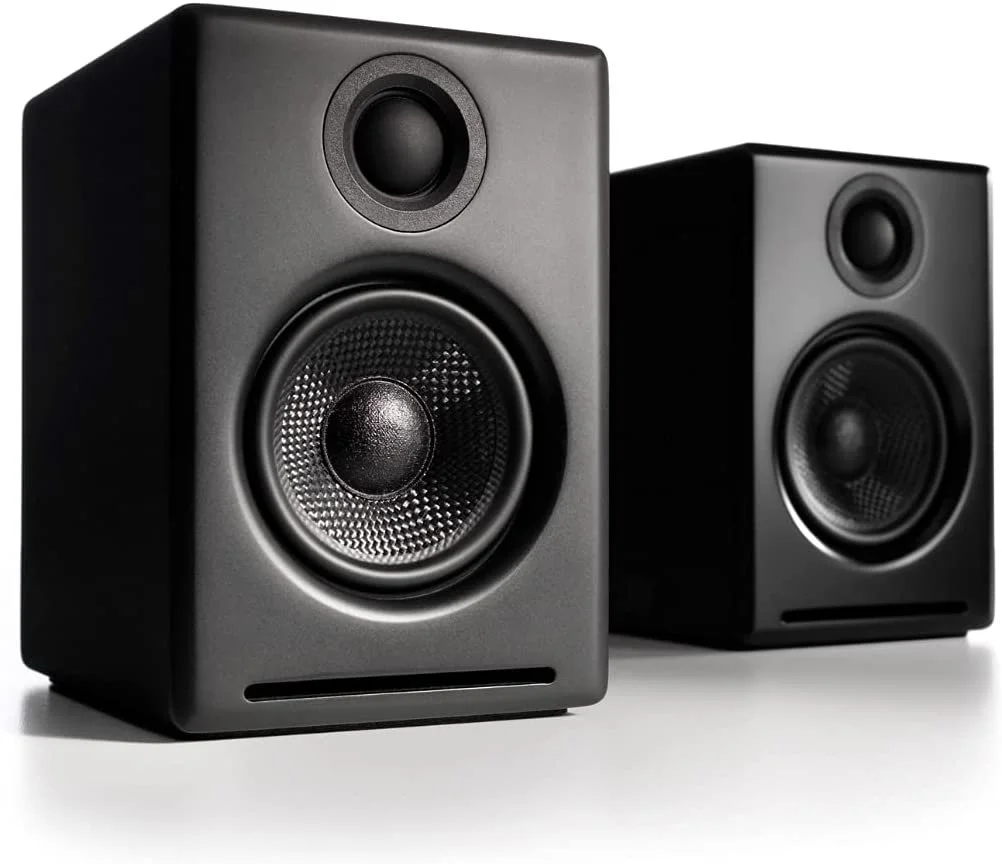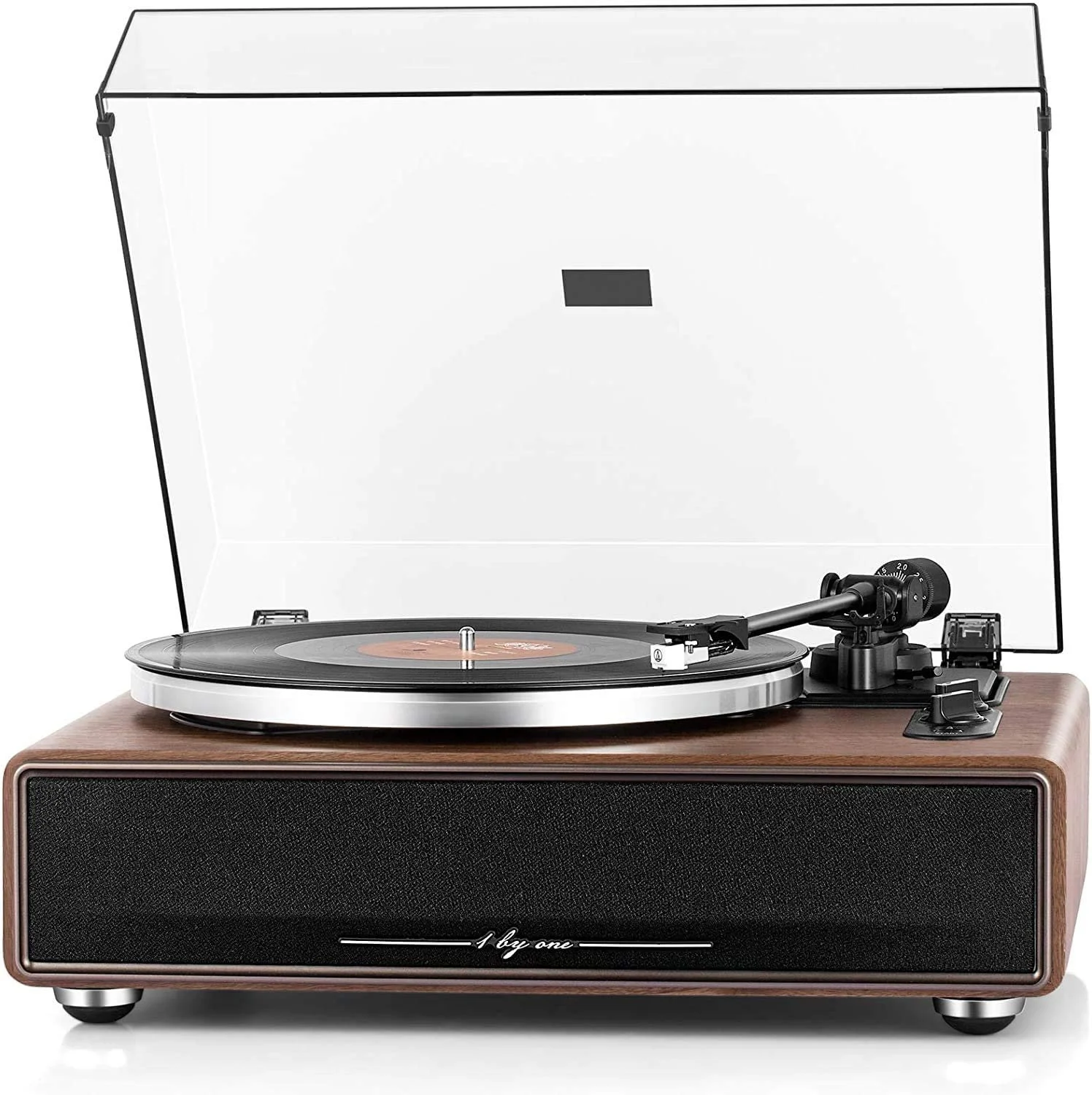A Beginners Guide To Vinyl Gear (2023)
Getting into vinyl can be scary, but we’re here to help make things a little easier.
Vinyl has had a resurgence in recent years (it’s actually 17 straight years of increased growth) but only roughly 50% of vinyl purchasers have a record player or turntable (Source: Luminate via Billboard).
A couple of reason’s could be the cause of that statistic, some might just enjoy collecting their favorite artists latest LP, or some might be a bit intimidated by the myriad of options and how much it can cost just to get started, I know I was.
So, we’re here to help alleviate some of the stress of being a first time vinyl collector with some tips and recommendations that won’t break the bank.
Link to our Amazon Storefront with the recommendations for the impatient, no judgement.
Basics
In order to listen to your vinyl albums, you will need a record player, sometimes called a turntable. Now, there is a distinction between the two: a record player is the complete package which includes a turntable (the actual thing that spins the disc) and a way to either connect headphones or speakers directly to listen to the music. A turntable, on the other hand, is the mechanical part that all record players have and could be standalone but then requires other cables and speakers and typically an amplifier or receiver that you connect your sound output devices to. Very laymans terms but you get the idea.
For the sake of this article, we’ll just call these record players and only include those in the list below.
Not all record players include built-in speakers. In fact, many record players that do (looking at you, briefcase Crosley’s) tend to be made with cheaper materials to draw in a price conscious crowd, which is not a bad thing, but they will ruin your vinyl records over time. So, you’ll sometimes need speakers. There’s a difference between passive and active speakers, although we’ll save that for another article. Again, for the purposes of this article, speakers are just speakers and you won’t need any special tools or equipment to use the recommendations below.
Gear
Our Recommendation
Record Player: AudioTechnica LP60x $150
Speakers: AudioEngine A2+ $270
Alternate Speakers: Logitech Z207 $50
Combined this will cost about $420 (nice) which isn’t exactly very cheap, but much more accessible than spending a minimum of $1k on setups that have more bells and whistles, although there isn’t much compromise on sound here. The AudioEngine A2+ have bluetooth as well and should easily fill a small-medium sized room. The nice part is there’s some flexibility here, so you can save on speakers and just get some basic computer speakers for under $50 although at that point you are compromising on sound. The LP60x also is commonly recommended for first timers, won’t ruin your vinyl, and has solid electronics for audio reproduction. It also has a phono output so you could in theory keep this for a while if you wanted to upgrade down the line to a full on receiver/amp and passive speaker setup.
Alternate With Built-In Speaker
Record Player: 1 by ONE $200
Cheaper Alternative: Victrola Eastwood $89
At $200, the 1 by ONE is one of the best values you can get AND it’s all in one. Built-In speakers that sound decent, anti-vibration protection so your vinyl won’t get damaged from the sound vibrations of the internal speaker, adjustable tracking force, and it uses an Audio-Technica cartridge (the needle that gets the vinyl to emit sound). It of course, won’t beat the recommended setup but will still do a decent job in a medium sized room. For a sub $100 alternative at the time of this post, the Victrola Eastwood is on discount and the absolute cheapest option you should go with. Both offer future flexibility to add your own speakers down the line, although the Victrola may not have the longevity of the Audio Technica, or even the 1 by ONE.




